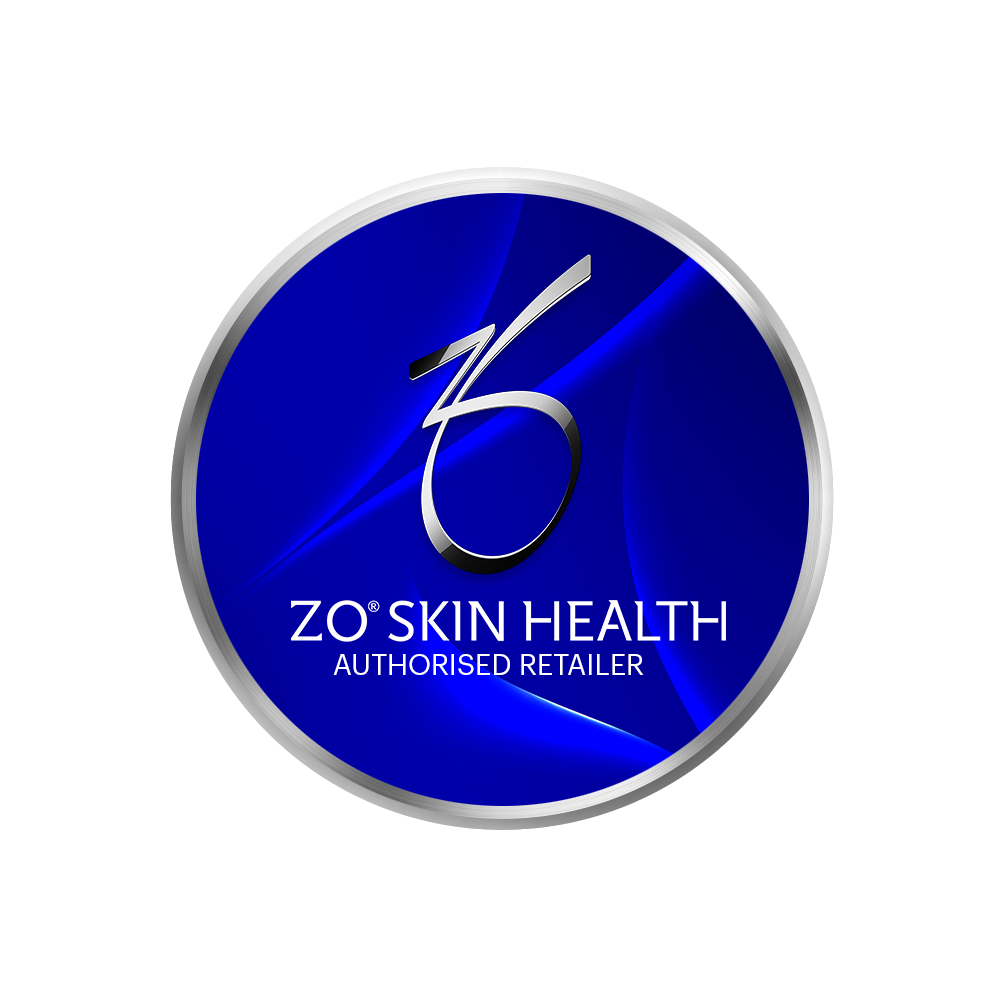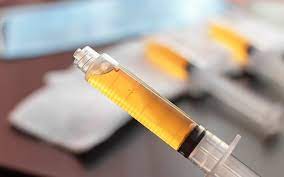PLATELET-RICH PLASMA (PRP) THERAPY

Technology
Using market-leading Cosmetic Aesthetic products, we produce high-quality results that embrace and enhance your natural beauty.

Medical Team
Our qualified Medical Team of Doctors and Cosmetic Registered Nurses works professionally to remain at the forefront of aesthetics, innovations, safety standards, and products.

Great Results
Cosmetic aesthetic treatments are a non-invasive, quick, affordable, and effective way to help reduce and prevent lines formation, improve shape and symmetry, and create volume and fullness.
Ready to make an appointment for this treatment?
Platelet-Rich Plasma (PRP) Therapy
In recent years, doctors have learned that the body has the ability to heal itself. Platelet-rich plasma therapy is a form of regenerative medicine that can harness those abilities and amplify the natural growth factors your body uses to heal tissue.

What is platelet-rich plasma (PRP) therapy?
Plasma is the liquid portion of whole blood. It is composed largely of water and proteins, and it provides a medium for red blood cells, white blood cells and platelets to circulate through the body. Platelets, also called thrombocytes, are blood cells that cause blood clots and other necessary growth healing functions.
Platelet activation plays a key role in the body’s natural healing process.
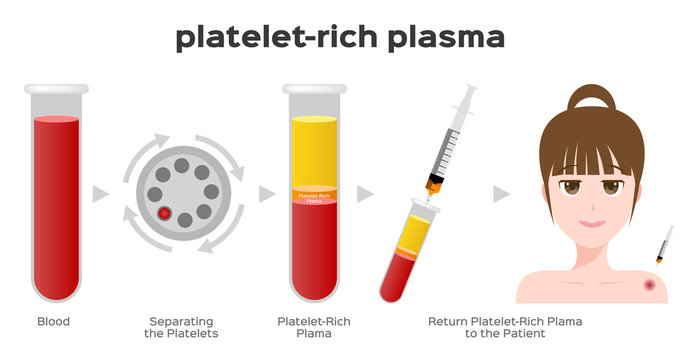
PRP also known as the “vampire facial,” platelet-rich plasma (PRP) has received so much attention that it may seem as if we’ve finally found the fountain of youth. Despite the hoopla, there’s little evidence to show that it works — or doesn’t work.
PRP has become a highly sought-after non-surgical procedure for facial and skin rejuvenation. PRP therapy is a treatment which uses your own blood platelets to stimulate new cell growth, helping to improve your complexion, skin texture and to restore lost facial volume.
Your blood is essentially made up of four components; red blood cells, white blood cells, the plasma and the platelets. We take your blood and spin it in a centrifuge, which enables the separation of the blood cells from your plasma and platelets. This is then re-injected into the skin to stimulate collagen and new skin cells. PRP harnesses the beneficial functions of the patients own platelets and therefore there is no risk of allergy or rejection of the treatment.
PRP can also be successfully used to treat thinning hair and hair loss particularly male pattern baldness. It is important to start treatment early on and whether you are a suitable candidate will be determined during your consultation.
What exactly is PRP?
We all have platelets in our blood. PRP is 3-step procedure that involves having your blood:
Drawn from your arm
Placed into a machine that separates the platelets from the rest of your blood
Re-injected into you (only the part of your blood that contains a high concentration of platelets).
Orthopedic surgeons use PRP to help athletes recover more quickly after an injury.
PRP is being tested as a possible treatment for hair loss. PRP may also speed up wound healing. A few dermatologists are using PRP to give patients younger-looking skin.
The entire procedure takes about 45 minutes to one hour.
 While PRP may sound like something straight out of a science-fiction novel, some patients are finding that PRP can:
While PRP may sound like something straight out of a science-fiction novel, some patients are finding that PRP can:
Reduce wrinkles
Plump up sagging skin
Get rid of deep creases
Improve one’s complexion
Diminish acne scars
What is the procedure?
Depending on how many areas you want to get treated, a volume of blood will be taken. This is usually between 10 to 30 ml. Your blood is then placed in a centifuge for around 8-10 minutes. Once your cells have separated, the rich platelets are extracted and injected into the skin where rejuvenation is requested.
What should you expect post treatment?
Most people will experience some mild to moderate swelling in the area of treatment, redness or heat, which are all common side effects and are part of the activation of your platelets. Because a volume of fluid has to be administered, swelling is inevitable. Bruising can occur and may take several days to disappear.
How soon will I see results?
Most patients will require three treatments at four to six week intervals. The first thing people notice is an improvement in skin turgor and elasticity. Collagen production can take up to three months to occur and the results can differ depending on the individual. Because the injected product is 100% your own, factors such as smoking, stress and illness can effect results. A series of three treatments can yield results for up to two years.
Is PRP effective for hair loss?
Hair loss, especially premature hair loss, can be devastating. For many, losing their hair is like losing part of their identity.
While conditions like male pattern baldness and female pattern baldness are more common in people over 50, stress and other factors can cause premature hair loss and hair thinning.
To combat it, there are numerous treatments out there, all with varying degrees of reliability and success.
One of the newest forms of treatment is PRP therapy. Ultimately, whether PRP for hair loss is worth it comes down to what your expectations are.
Will PRP therapy give you a full head of hair again from being nearly bald? Probably not. But can it help thicken, increase hair denisty and increase the number of hairs on your head? Studies show that, yes, indeed it can and PRP for hair loss is worth it in this case.
The only way to replace lost hair completely is with hair transplants, but if you want an alternative or to improve the results of the Propecia and Rogaine treatment, PRP therapy is worth it.
Increasing clinical evidence suggests PRP can help patients with hair loss. Most PRP studies report following up with patients for up to six months after their procedure. That said, patients are feeling satisfied with their results. As we discover more about this exciting new procedure, we hope to help patients with hair loss achieve their goals with a treatment plan that includes PRP.

What is PRP treatment for Hair Loss?
As we have already mentioned, PRP stands for Platelet-Rich Plasma, which is a highly concentrated group of blood cells that have been proven to promote cellular growth and healing.
It can have that effect because the plasma contains growth factors and stem cells that work well in promoting healthy cell production, collagen growth and tissue repair.
Although it sounds a little gruesome, the platelet-rich plasma is only taken from your blood, so there’s nothing synthetic or from anyone else being used.
PRP, when used in your scalp, increases the blood flow to hair follicles and increases the duration of the anagen or active phase of your hair’s life cycle.
Three key stages of PRP for Hair Loss treatment
There are normally three stages involved in the full PRP treatment for hair loss.
Stage 1
It all starts when the doctor performing the treatment starts to draw blood from your body, normally the arm.
This blood is then placed into a centrifuge to separate it into the different fluids it is made up of, based on their specific densities.
Stage 2
The blood is normally placed in the centrifuge for about 10 minutes and in that time, the blood has been separated into three distinct layers –
- Red Blood Cells
- Platelet-poor plasma
- Platelet-rich plasma
Stage 3
This is when the magic/science (delete as appropriate) happens and the platelet-rich plasma is injected into the patient’s scalp using lots of micro-sized needles.

Does PRP work for hair regrowth?
If you are looking for a quick and simple answer to the question of whether PRP therapy really works or not, again we can confirm yes it does, but whether you’re happy will depend on your expectations and starting place.
Although we have found it to be very effective at providing promising results for people, there can be variety in the results.
In many cases show that it is possible that PRP could help to increase the number of active and healthy hair follicles for hair regrowth and density. In some cases that also revealed that the number of platelets you have in your blood can affect its effectiveness.
The reason why people are raving about this as a treatment is because PRP is made up of proteins that have a variety of functions connected to assist in hair regrowth, including stimulating cell growth, and helping blood to clot.
How long does PRP last for hair loss?
With everything related to PRP therapy for hair loss, you need to have realistic expectations.
The results that come from having PRP injected into various spots on the scalp, will be different from person to person and there are various factors, including the number of platelets you have in your plasma, that can affect how successful it is.
As it is not a permanent solution like hair transplants, you should sign up for PRP as an ongoing hair loss treatment.
One that initially should include three sessions with intervals between roughly 4 to 6 weeks.
Even after those initial treatments, you will still need to have another maintenance session, followed by another maintenance session approximately every 4 to 6 months.
Do you lose hair after PRP?
The side effect that you may have heard that is the most troubling is perhaps the fact that hair loss can happen as a result of having PRP treatments.
Shedding is a very natural process and it makes sense that this, at times, happens following this kind of hair loss treatment.
AS PRP therapy involves suddenly flooding your scalp with chemokine, cytokines and growth factors, your existing hairs find themselves in a completely new environment.
Although this is what you want and it could potentially reactivate hair follicles and improve the lusciousness of your hair, some hairs find the new environment too much to handle and that’s why some may shed.

What other side effects are there from PRP for Hair Loss?
There are some possible side effects from platelet-rich plasma hair growth therapy, that result from the injections themselves or the procedure in general, including:
- Scar tissue or calcification around the injection sites on your scalp
- Infections in and around the injection sites on your scalp
- Nerve damage
- Blood vessel damage
Side effects from the anaesthesia used to reduce discomfort and pain during the procedure may also occur like:
- bladder control problems
- confusion
- muscle aches
Pain around each injection site that reduces quickly in the following day or so after your treatment.
Are there any reasons why I can’t have PRP therapy?
Like the majority of cosmetic procedures, ladies who are pregnant, breast-feeding or trying to conceive are not suitable candidates. This treatment is not recommended in people on anti-coagulation treatment, autoimmune conditions, have suffered any type of cancer or who have certain implants in the treatment area. Your past and present medical history, as well as your past cosmetic history will be assessed to determine your suitability.
Aftercare Instructions Post PRP
Immediately after treatment with a PRP, there may be a slight redness, swelling, tenderness or an itching sensation in the treated area. This is a normal result of the injection and generally disappears in a couple of days.
The swelling after an eye treatment may last longer. If symptoms persist or other reactions occur, please contact your doctor at The Manse.

Please follow the instructions below:
- Avoid strenuous exercise for 24 hours.
- Sleep elevated on 2 pillows to improve swelling.
- Avoid touching your face for at least 4 hours.
- Do not expose the area to intense heat or sunlight. (e.g. solarium or sauna)
- Pain relief such as paracetamol may be taken as directed by your physician.
- Consider in clinic or at home LED.
- Avoid alcohol for 24 hours.
- Do not use active skin care eg AHA, Retinols/Vitamin C.
- Avoid facials, facial waxing, Glycolic or AHA peels, IPL or energy based treatments and microdermabrasion for 2 weeks after treatment (unless advised by your injectable doctor). Please check with your physician before undergoing other facials within this time.
- Do not massage the treated area unless instructed by your physician.
- No makeup until the day after the procedure is ideal.
- Do not smoke.
Treatment Protocol
- Most patients are advised to have a minimum of 3 treatments of PRP 1-2months apart, and then 6 monthly to yearly PRP treatments
Possible Side Effects
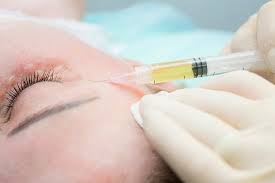
- It’s not unusual to experience some mild side effects.
- Swelling is common for the first 48 hours after PRP.
- Tenderness and bruising may appear at the injection or cannula entry sites.
- If you do experience bruising, minimise excessive exercise in the first couple of days following treatment.
- If you feel unwell or are concerned about any aspect of your treatment, please contact the clinic.
Follow Up
- After your initial treatment you will be invited to attend a follow-up appointment at approximately 4 weeks after your treatment.
- To achieve and then maintain your results you will be recommended regular treatments.
- Please attend your review at 4 weeks, or the date advised.




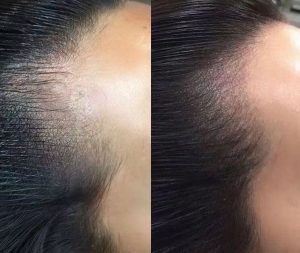
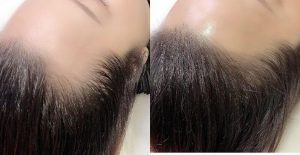
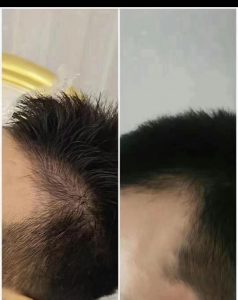
We use the TGA approved devices and products and the procedure itself is very safe.
You may have a bit of pain, bruising, and swelling afterwards. These tend to go away within a few days.
If you get results, the full effects appear within a few weeks to months.
Researchers have found that most patients who get results have 3 or more treatments. That means, you’d have to go to your dermatologist’s office 3 or more times to have blood drawn, treated, and injected back into you.
To give their patients more immediate results, some injectors inject a filler along with PRP. This allows a patient to see immediate results.
While PRP is considered safe for most people, it’s not recommended for anyone who has one of the following medical conditions:
Hepatitis C
HIV or AIDS
Any type of blood cancer
Cardiovascular disease, which requires taking a blood thinner
Skin cancer in the area to be treated
These conditions affect your platelets, making them unable to deliver the expected results.
Results can last as long as 18 months.
While the results are unpredictable, dermatologists are finding that people want to know whether PRP can give them younger-looking skin.
If you’re thinking about trying PRP, see a board-certified doctors or RN.
If you and your injector decide that PRP is worth trying, it’s important to keep in mind that this is still an unproven treatment. You will be helping to answer the questions that injector still have about this procedure.
Whilst we have seen amazing results from the treatment, please know that results do vary and we cannot make guarantees. We recommend coming and speaking to our cosmetic injectors for an in-depth consultation. They will discuss in detail how the treatment works, whether it will be right for your skin type and the expected results in line with your treatment goals.





